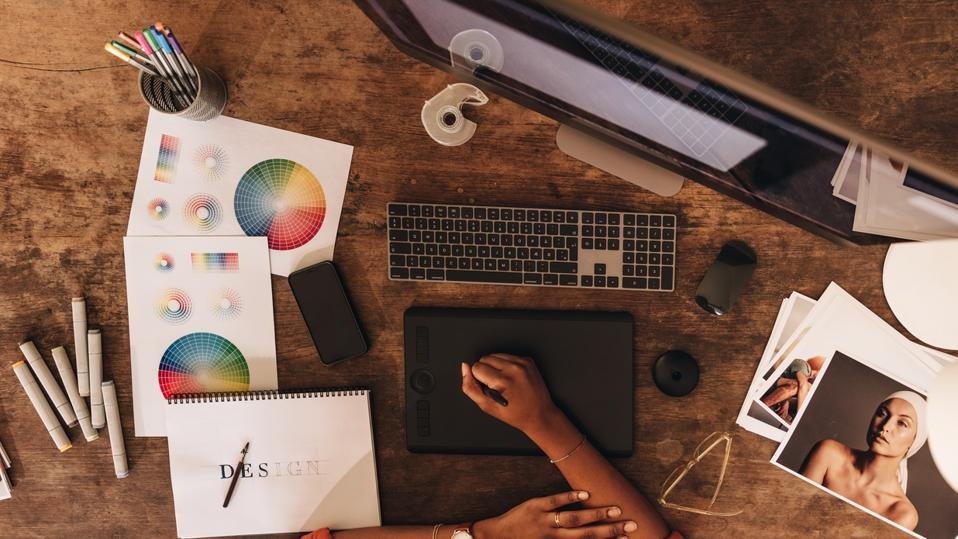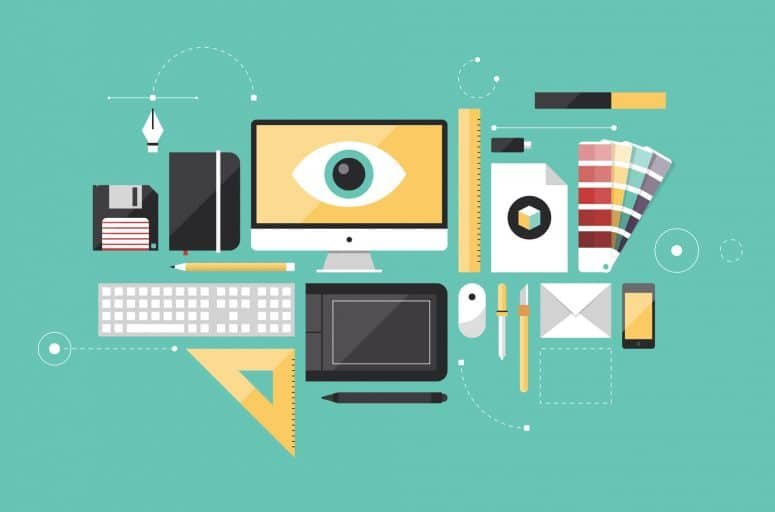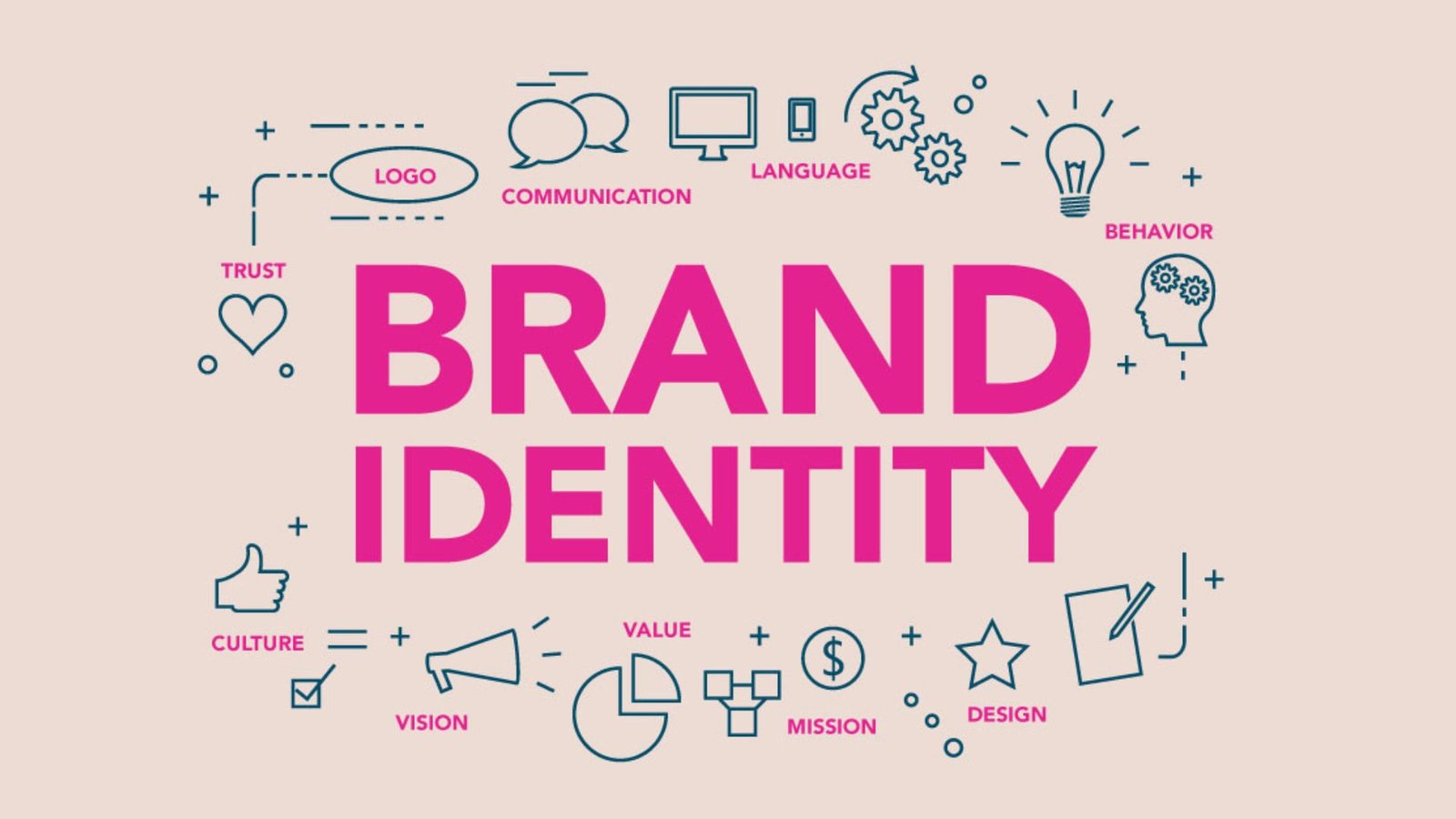To master visual design, it’s crucial to start with a solid understanding of the fundamentals. These core principles include alignment, balance, contrast, and hierarchy. Firstly, alignment ensures that elements are placed consistently, which creates a sense of order and cohesion. Balance refers to distributing visual weight evenly, either symmetrically or asymmetrically, to achieve harmony. Contrast helps to make important elements stand out, while hierarchy organizes information based on its importance, guiding the viewer’s eye through the design. By mastering these basics, you lay the groundwork for more advanced design techniques.

Developing a Strong Design Foundation
Building on the fundamentals, developing a strong design foundation involves deepening your knowledge of color theory, typography, and layout. Color theory, for example, explores how colors interact and influence emotions, enabling you to create visually appealing and effective designs. Typography involves selecting and combining fonts to enhance readability and convey the right tone. Additionally, understanding layout principles helps you organize content logically and attractively. By focusing on these areas, you can refine your skills and create designs that are both functional and aesthetically pleasing.
Embracing Design Tools and Software
To truly master visual design, becoming proficient with design tools and software is essential. Tools such as Adobe Creative Suite, Sketch, and Figma offer a range of features that facilitate the creation of sophisticated designs. For instance, Adobe Illustrator excels in vector graphics, while Photoshop is ideal for photo editing. Sketch and Figma, on the other hand, are great for UI/UX design. Familiarizing yourself with these tools allows you to execute your design ideas more effectively and efficiently. Moreover, exploring new and emerging design technologies can give you an edge in the ever-evolving field of visual design.
Practicing Regularly and Seeking Feedback
Another key aspect of mastering visual design is consistent practice and seeking feedback. Regularly working on design projects helps you apply what you’ve learned and develop your style. Additionally, sharing your work with peers or mentors can provide valuable insights and constructive criticism. By incorporating feedback, you can identify areas for improvement and refine your skills. Engaging in design challenges or collaborating on projects can also expose you to different perspectives and techniques, further enhancing your expertise.
Staying Updated with Design Trends
The design world is constantly evolving, with new trends and techniques emerging regularly. To master visual design, it’s important to stay updated with current trends and innovations. This includes keeping an eye on popular design blogs, attending webinars, and participating in industry conferences. Understanding trends can inspire new ideas and help you adapt your design approach to meet contemporary standards. However, it’s equally important to balance trendiness with timeless design principles to ensure your work remains relevant and effective over time.
Building a Strong Portfolio
A well-curated portfolio is crucial for showcasing your mastery in visual design. Your portfolio should highlight your best work and demonstrate your ability to tackle various design challenges. Include a range of projects that showcase different skills and techniques, and provide context for each piece, such as the problem you solved and the results achieved. A strong portfolio not only reflects your design capabilities but also helps you attract potential clients or employers by showcasing your unique style and approach.
Conclusion
Mastering visual design requires a blend of foundational knowledge, practical skills, and ongoing learning. By understanding the fundamentals, developing a strong design foundation, and becoming proficient with design tools, you set yourself up for success. Consistent practice, seeking feedback, staying updated with trends, and building a strong portfolio are also essential steps in this journey. Ultimately, mastering visual design is about continuously honing your craft and adapting to the evolving demands of the field, ensuring your designs remain impactful and relevant.




